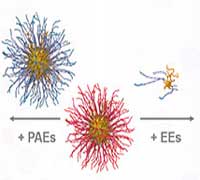 Discovery will lead to new methods for materials design.
Discovery will lead to new methods for materials design.
Thursday, June 20, 2019
Electron-behaving nanoparticles rock current understanding of matter
 Discovery will lead to new methods for materials design.
Discovery will lead to new methods for materials design.
Researchers study super-repellent nanosurfaces for safer fruits, vegetables
 The National Institute of Food and Agriculture in the U.S. awarded a grant to study and develop super-repellent and anti-fouling surfaces for foods.
The National Institute of Food and Agriculture in the U.S. awarded a grant to study and develop super-repellent and anti-fouling surfaces for foods.
'DNA microscopy' offers entirely new way to image cells
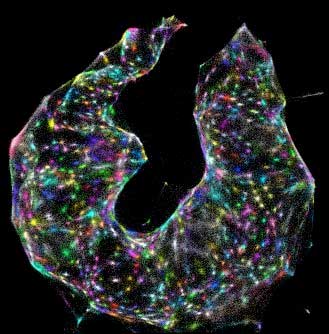 Instead of relying on light (or any kind of optics at all), scientists use DNA 'bar codes' to help pinpoint molecules' relative positions within a sample.
Instead of relying on light (or any kind of optics at all), scientists use DNA 'bar codes' to help pinpoint molecules' relative positions within a sample.
Using graphene and tiny droplets to detect stomach-cancer causing bacteria
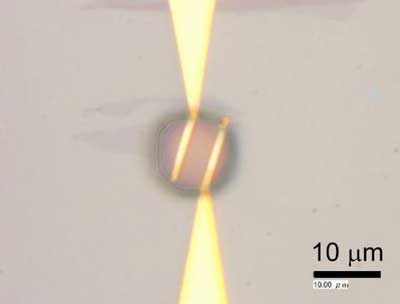 Scientists have invented a new biosensor using graphene to detect bacteria such as those that attack the stomach lining and that have been linked to stomach cancer. When the bacteria interact with the biosensor, chemical reactions are triggered which are detected by the graphene.
Scientists have invented a new biosensor using graphene to detect bacteria such as those that attack the stomach lining and that have been linked to stomach cancer. When the bacteria interact with the biosensor, chemical reactions are triggered which are detected by the graphene.
Crystal with a twist: scientists grow spiraling new material
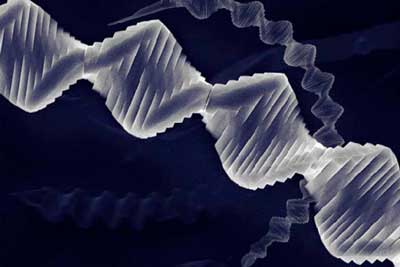 Researchers have created new inorganic crystals made of stacks of atomically thin sheets that unexpectedly spiral like a nanoscale card deck.
Researchers have created new inorganic crystals made of stacks of atomically thin sheets that unexpectedly spiral like a nanoscale card deck.
Current-induced multilevel storage without initialization for high density magnetic memory
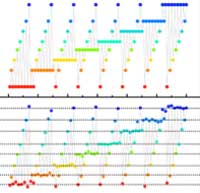 Researchers present an experimental characterization of a multilevel spin-orbit-torque magnetic random access memory (SOT-MRAM) cell based on a perpendicularly magnetized heterostructure and addressed the initialization-free issue of multilevel storage schemes.
Researchers present an experimental characterization of a multilevel spin-orbit-torque magnetic random access memory (SOT-MRAM) cell based on a perpendicularly magnetized heterostructure and addressed the initialization-free issue of multilevel storage schemes.
A ferromagnetic memristor based on conventional magnetic memory
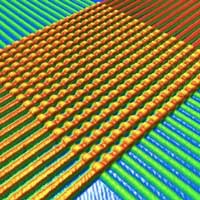 A team of researchers has proposed a spin-orbit-torque memristive device based upon Ta/CoFeB/MgO heterostructures with perpendicular magnetic anisotropy.
A team of researchers has proposed a spin-orbit-torque memristive device based upon Ta/CoFeB/MgO heterostructures with perpendicular magnetic anisotropy.
Graphene could prevent degradation of neurostimulation electrodes
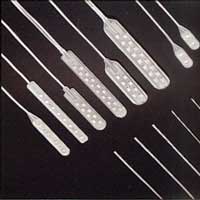 Millions with neurological diseases could find new option in neurostimulation devices.
Millions with neurological diseases could find new option in neurostimulation devices.
Subscribe to:
Comments (Atom)
